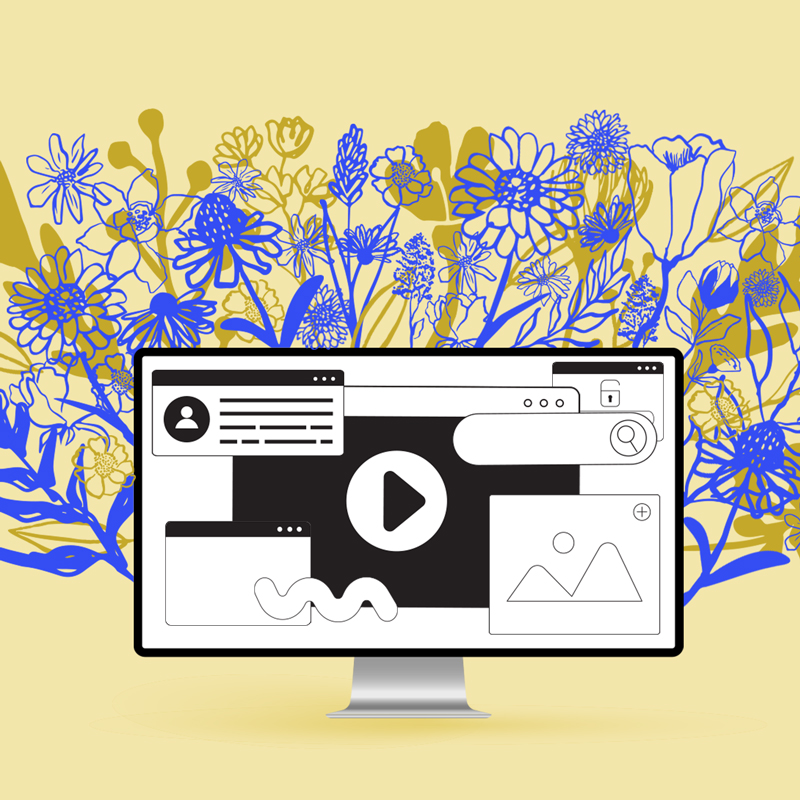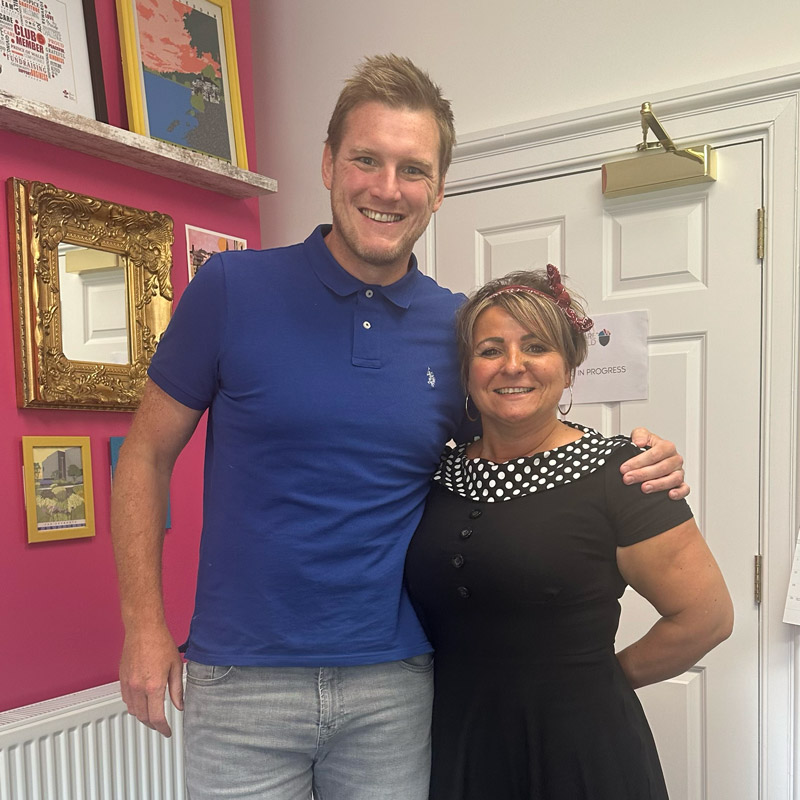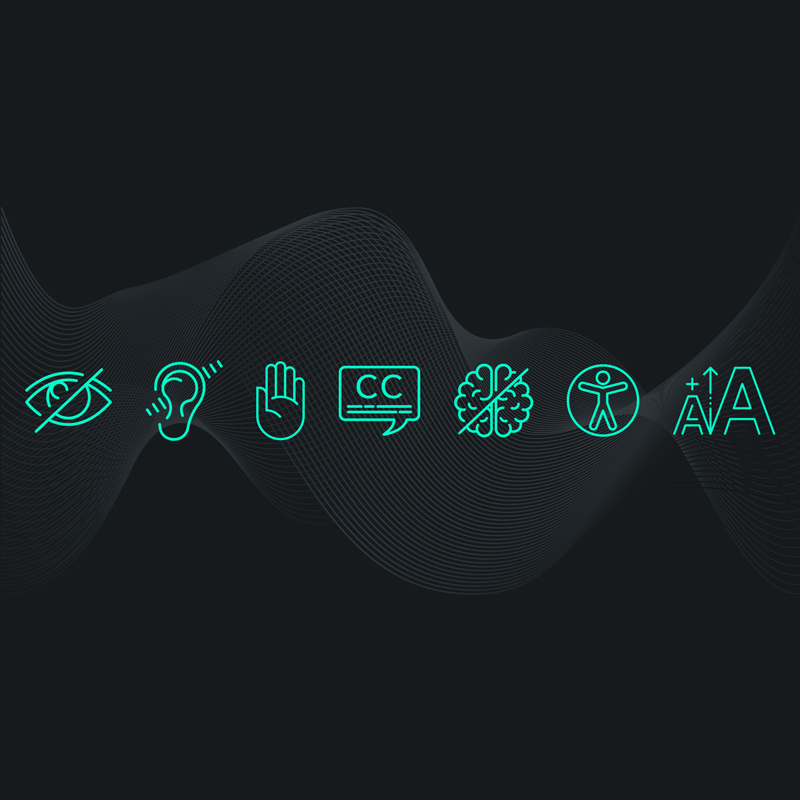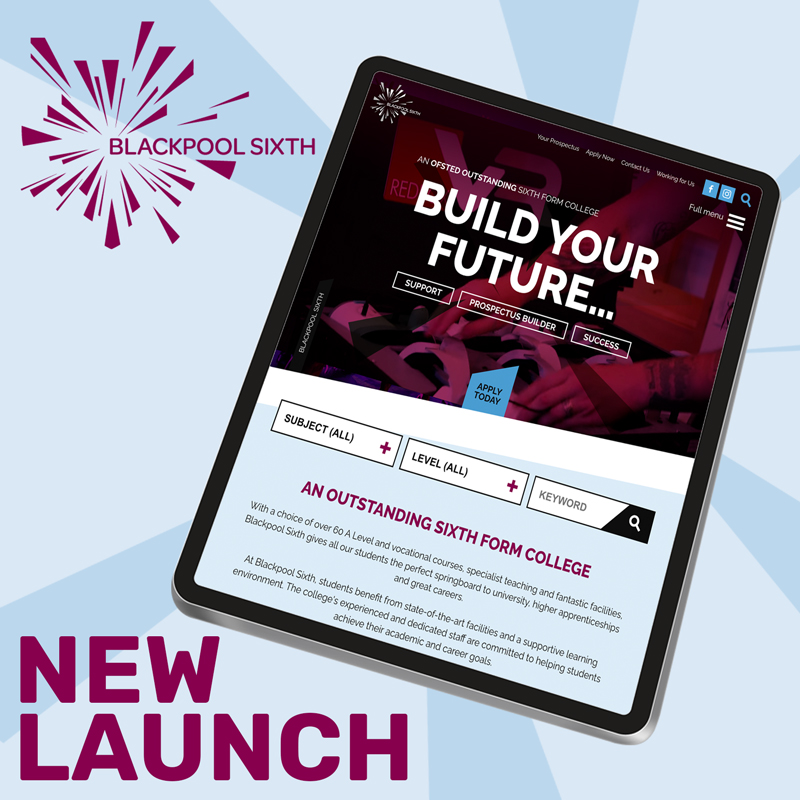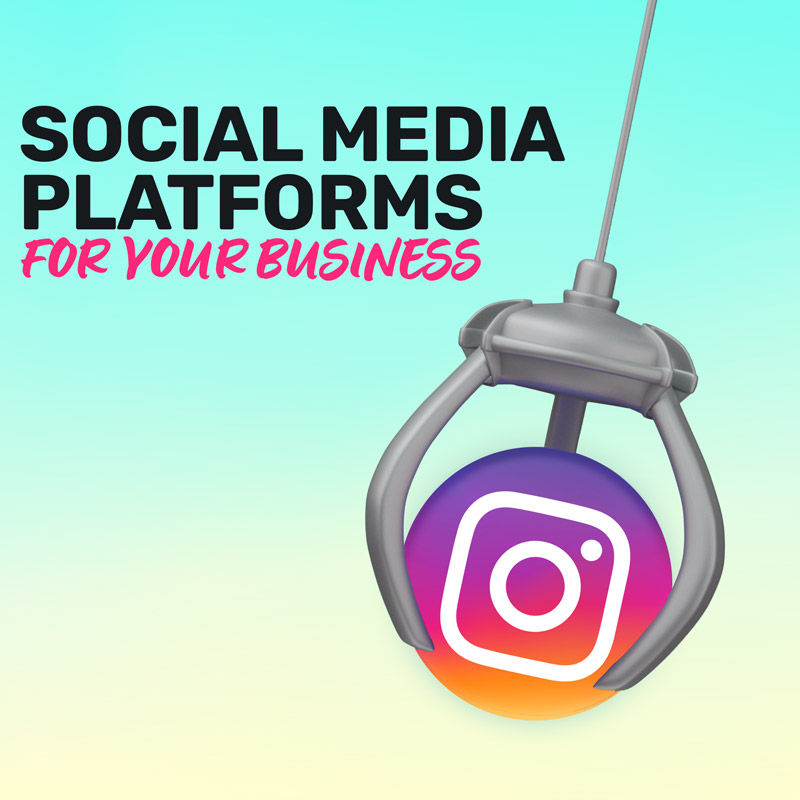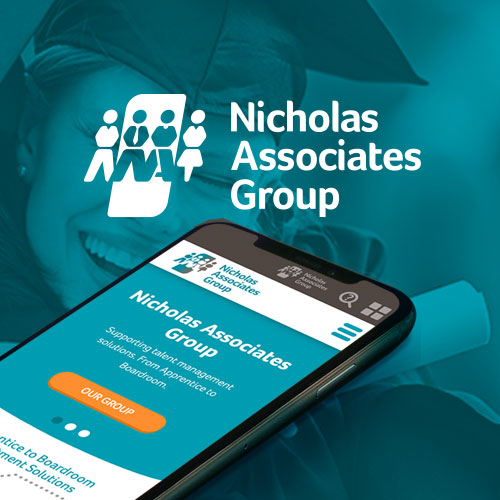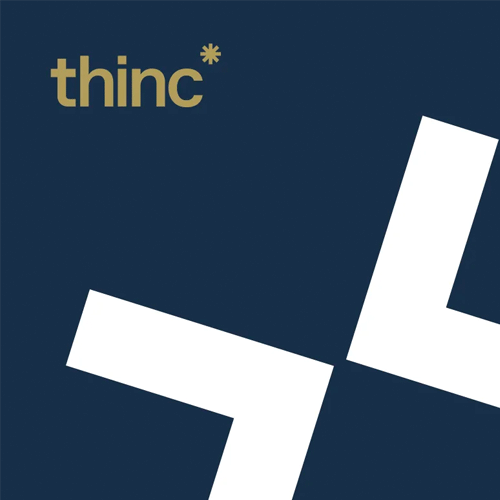Useful tips for defining your brand tone of voice
Getting you started with establishing a brand voice
Three quick tips for defining your tone of voice for when you don't have time to run or attend a tone of voice workshop.
Why define a tone of voice?
Defining a tone of voice for your brand is essential to establishing a written personality that is recognisable, trustworthy, and sets you apart from competitors. By taking steps to understand and outline your brand voice, anyone writing for you can understand a) what you sound like, b) what you don’t sound like, and c) how your tone varies contextually.
Think Innocent Smoothie, Curve or Nike. These brands are all recognisable by the way they sound. But even so, important to understand that ‘voice’ and ‘tone’ are two separate things. Even global brands vary their tone. It depends on the channel they’re communicating through and the person they’re speaking to.
Surprisingly, websites (our area of expertise) often fall into a more formal tone, with ads and social media featuring more informal content. To fully explore your brand tone of voice, you’ll need to consider several areas.
Areas to explore when developing your brand voice:
- Personality – the distinct character of your business
- Voice – the consistent representation of your brand personality
- Tone – how your voice changes depending on the content style and intended audience
- Style – bring it all together in a way that helps your readers get to know you
Defining your target audience
If you already have your target audience pinned down, great! You can skip this part. If you’re not quite sure who your audience is, trying to visualise their needs can be useful before starting any further exercises.
- Let’s focus on website users. When your customer arrives at your website, how are they feeling? Nervous? Anxious? Apprehensive?
- Now consider how you want them to feel after reading your content. Have you reassured them? Or informed them, perhaps?
- Finally, what action would you like them to carry out following this interaction? Do they fill out a contact form? Or would you prefer them to call you?

Defining your brand voice characteristics
A popular tone of voice workshop activity is to write down as many adjectives (describing words) as possible to describe your brand. For example, 'confident', 'innovative', 'approachable', and 'reliable'.
- Start by writing as many as you can onto sticky notes and then grouping similar words, e.g. ‘Innovative’ and ‘forward-thinking’
- When you’ve exhausted all the words you can think of, you’ve reached the difficult part. Narrow your selection to 3-5 words that best describe your brand personality. This exercise is much more trickly than it seems and often results in lively discussion as various team members battle it out.
A couple of other exercises that can be useful here are a) thinking about whether your brand is best represented by a team member(s) personality (and what their attributes are) and b) thinking about what adjectives do not describe your brand. For example, is your brand confident but not arrogant, or is it reliable but not boring? Understanding what your brand is not can be just as helpful as knowing what it is.
Defining your brand tone
If you’re working with a professional writer, they will have an understanding of how your brand tone of voice will vary contextually. But it can be useful to demonstrate what this looks like to non-marketing and non-sales members of your team.
- Apply your top three brand characteristics to an informal to formal sliding scale e.g. Formal (Successful), Neutral (Approachable), Informal (Innovative)
- List all the communications channels you can think of onto sticky notes (PR, Blog, internal email, external email, social media) and stick them on the line where you think they sit tonally.
Although a straightforward exercise, the results are often eye-opening to team members. For example, the tonal positioning of a construction firm may sit firmly on the formal end of the spectrum. But, if the construction team wants to sound approachable and friendly, they may opt for an informal tone.
If this article has helped to get the creative juices flowing, why not consider a tone of voice workshop? We work with clients over half-day workshops to fully explore brand voice and tone. We recommend tone and voice and branding workshops are carried out before we start work on your website designs. Defining what your brand looks and sounds like before we start work typically results in an elevated result.
